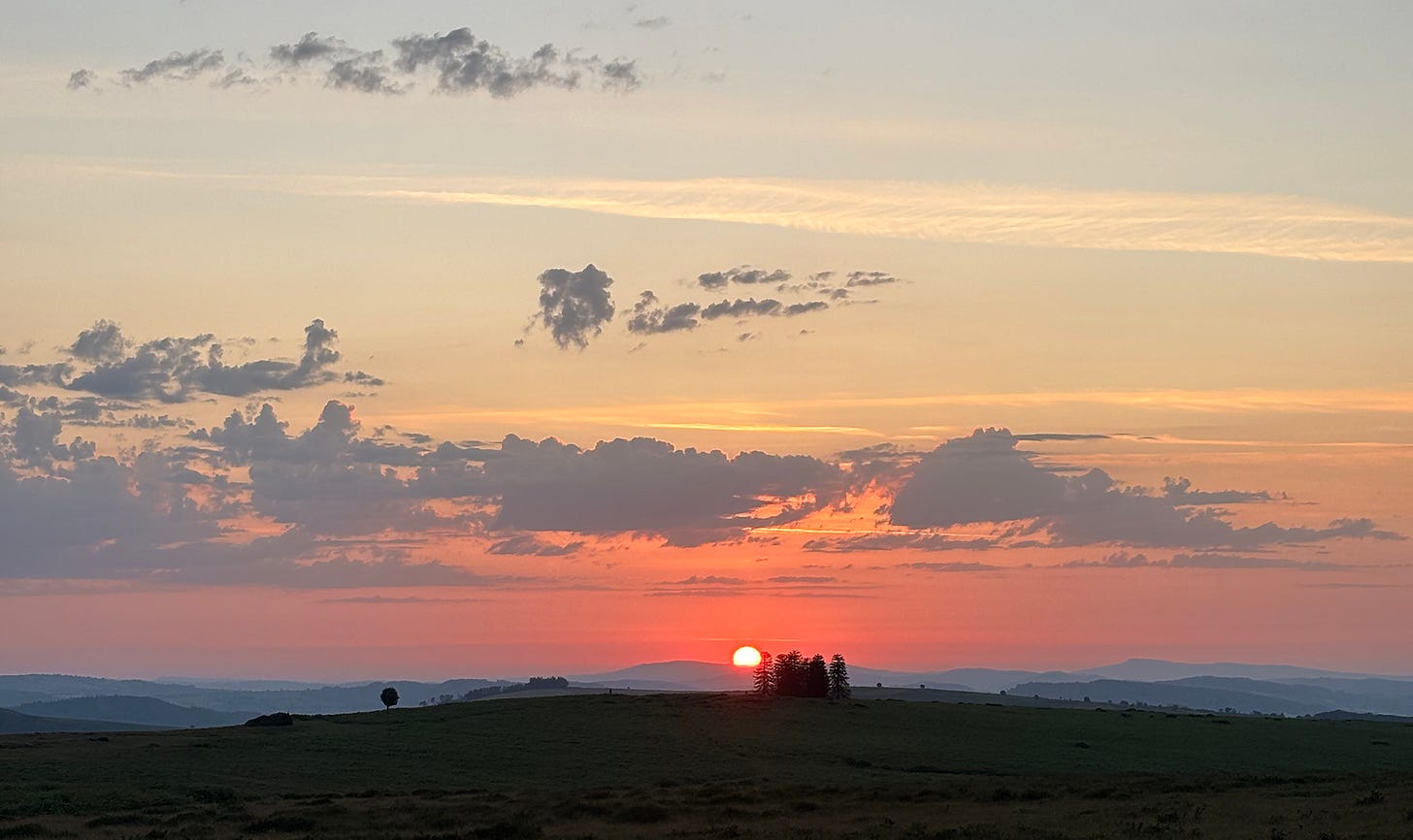It was 3.50 a.m. The birds were prepping for their longest day of song—tuning up, doing vocal stretches, a few coughs, the elder birds leading group huddles, delivering lively motivational speeches. It’s the big one girls and boys! I hit the snooze button only once then crawled out of bed, blindly grabbed some clothes, which I hoped were mine and not my…
Keep reading with a 7-day free trial
Subscribe to Into the Deep Woods to keep reading this post and get 7 days of free access to the full post archives.

